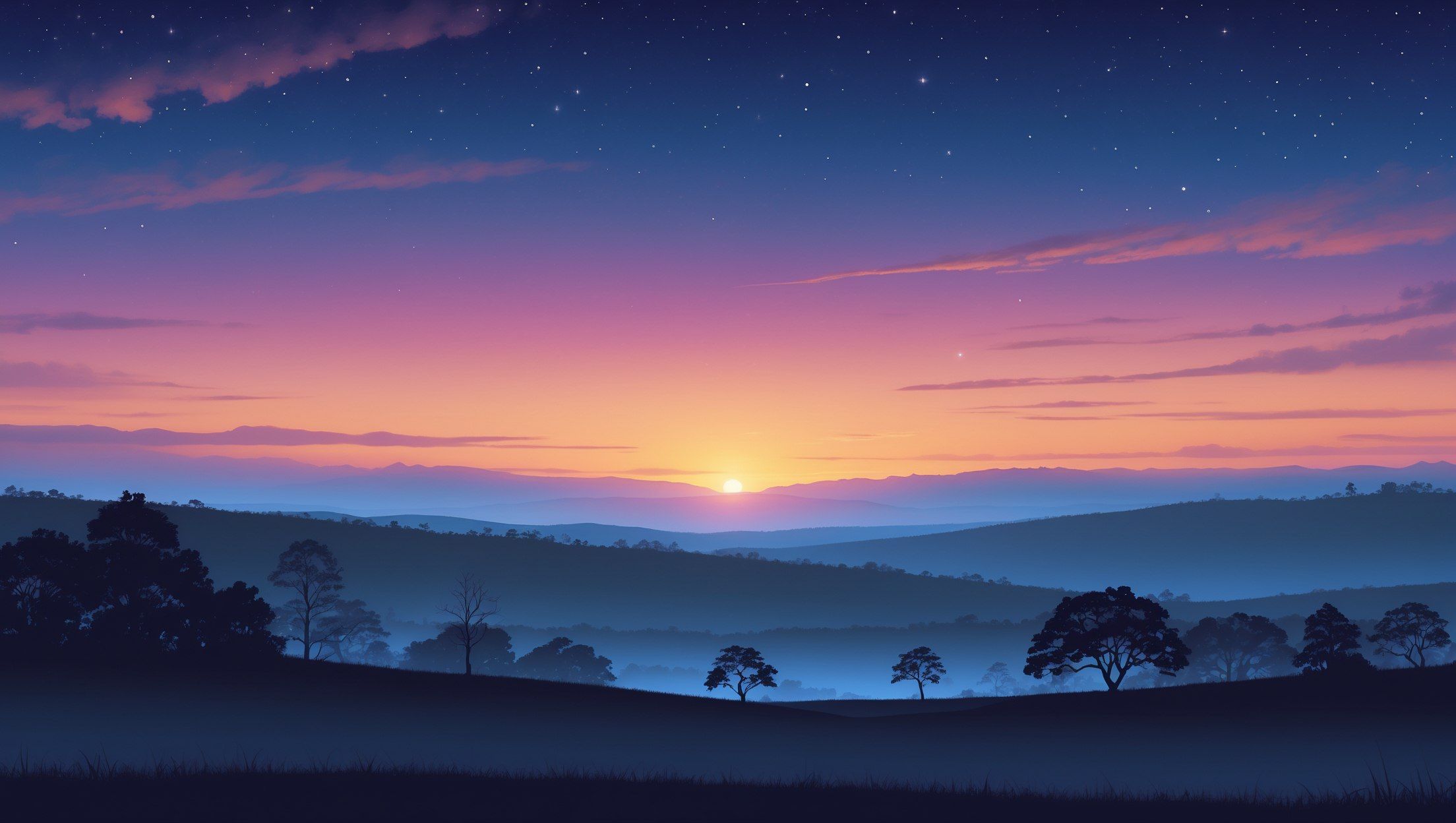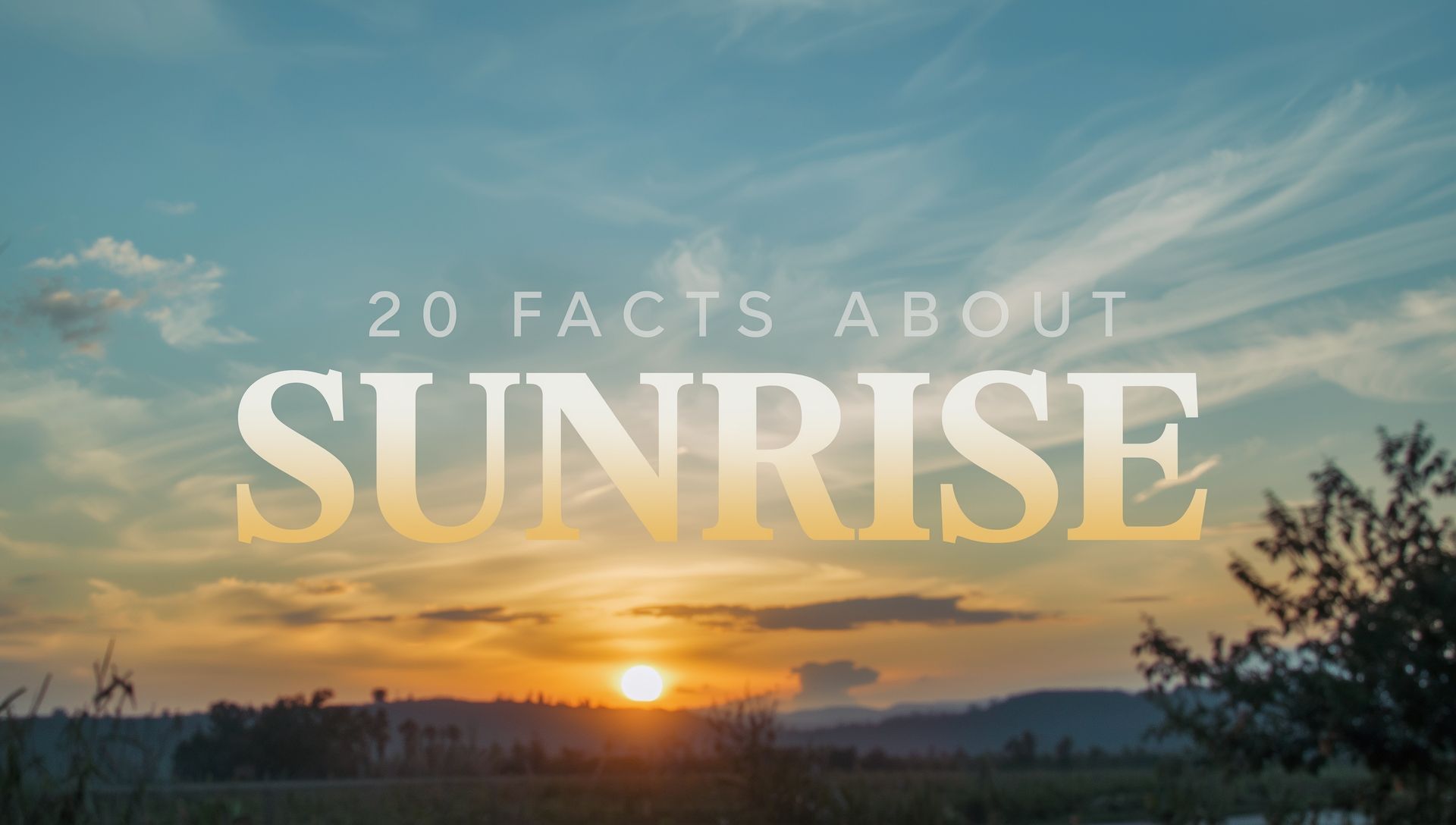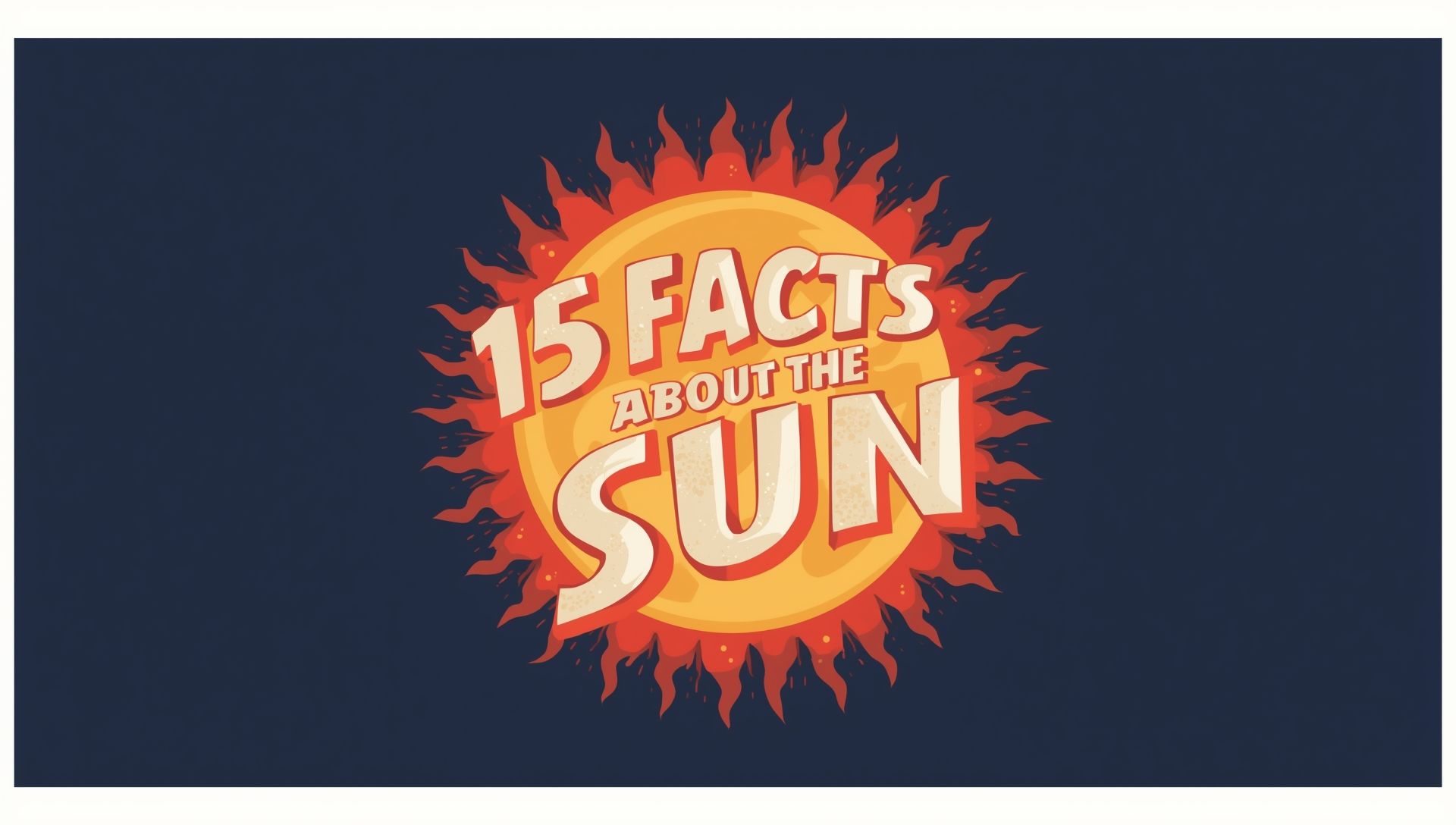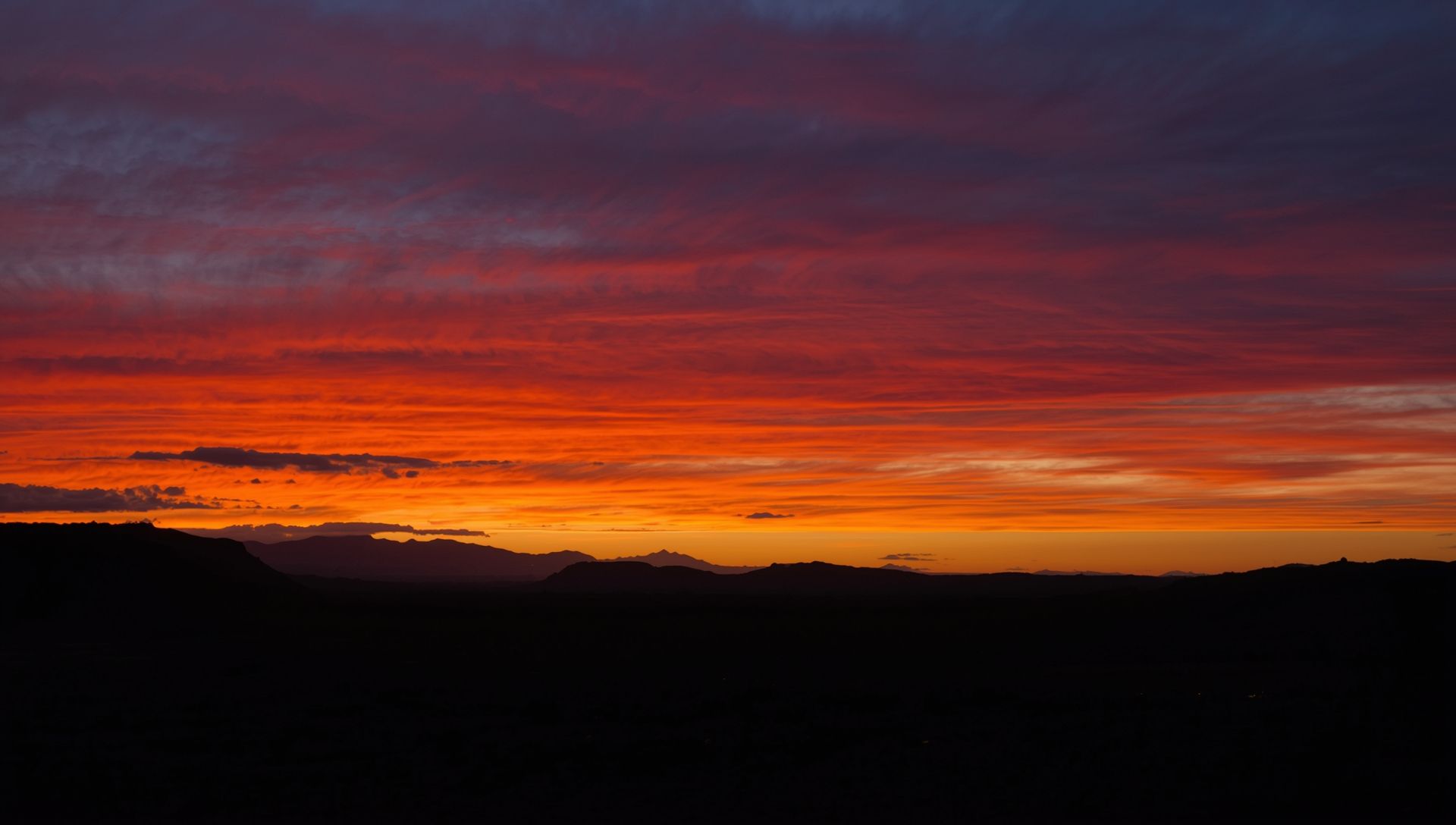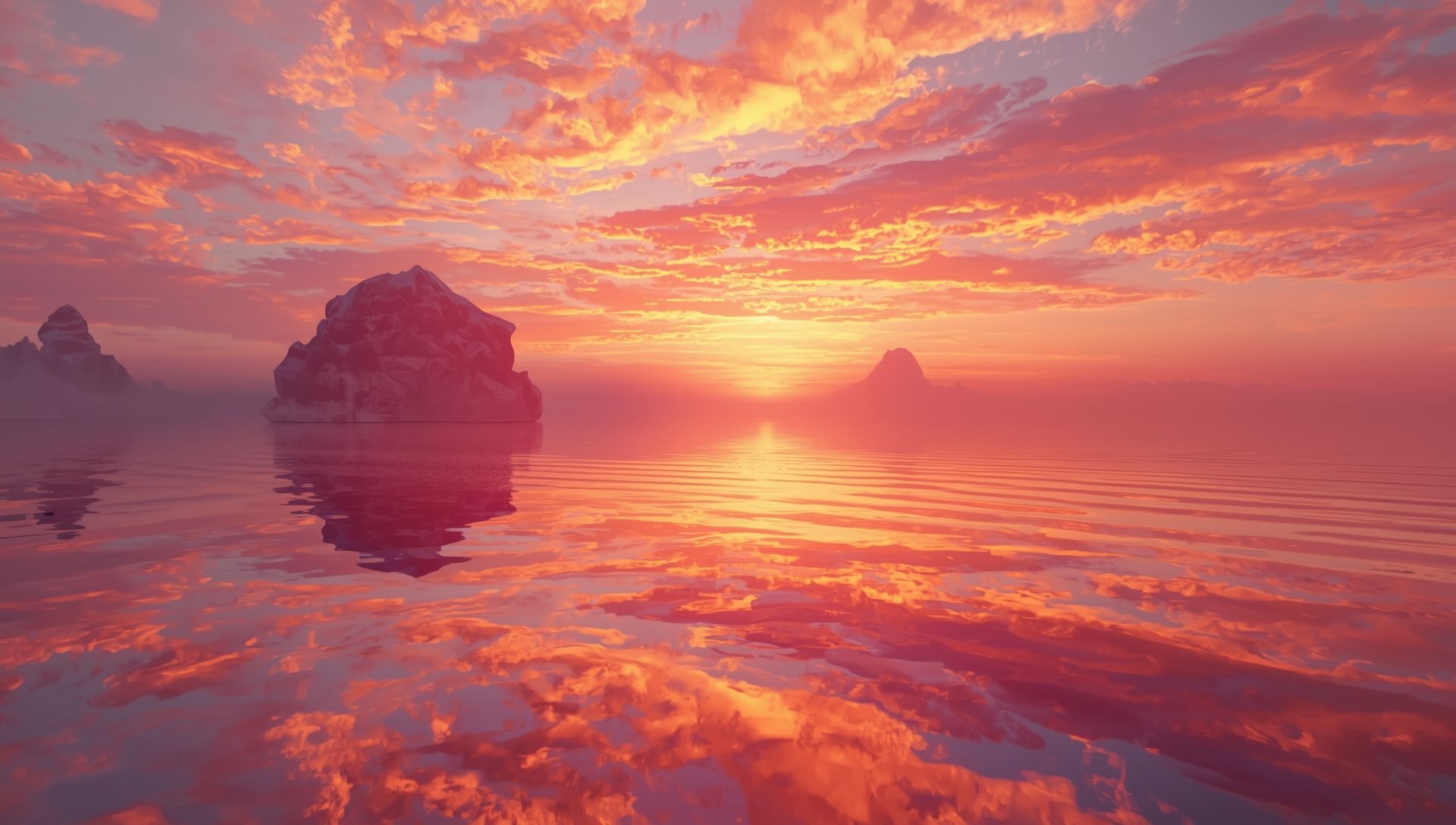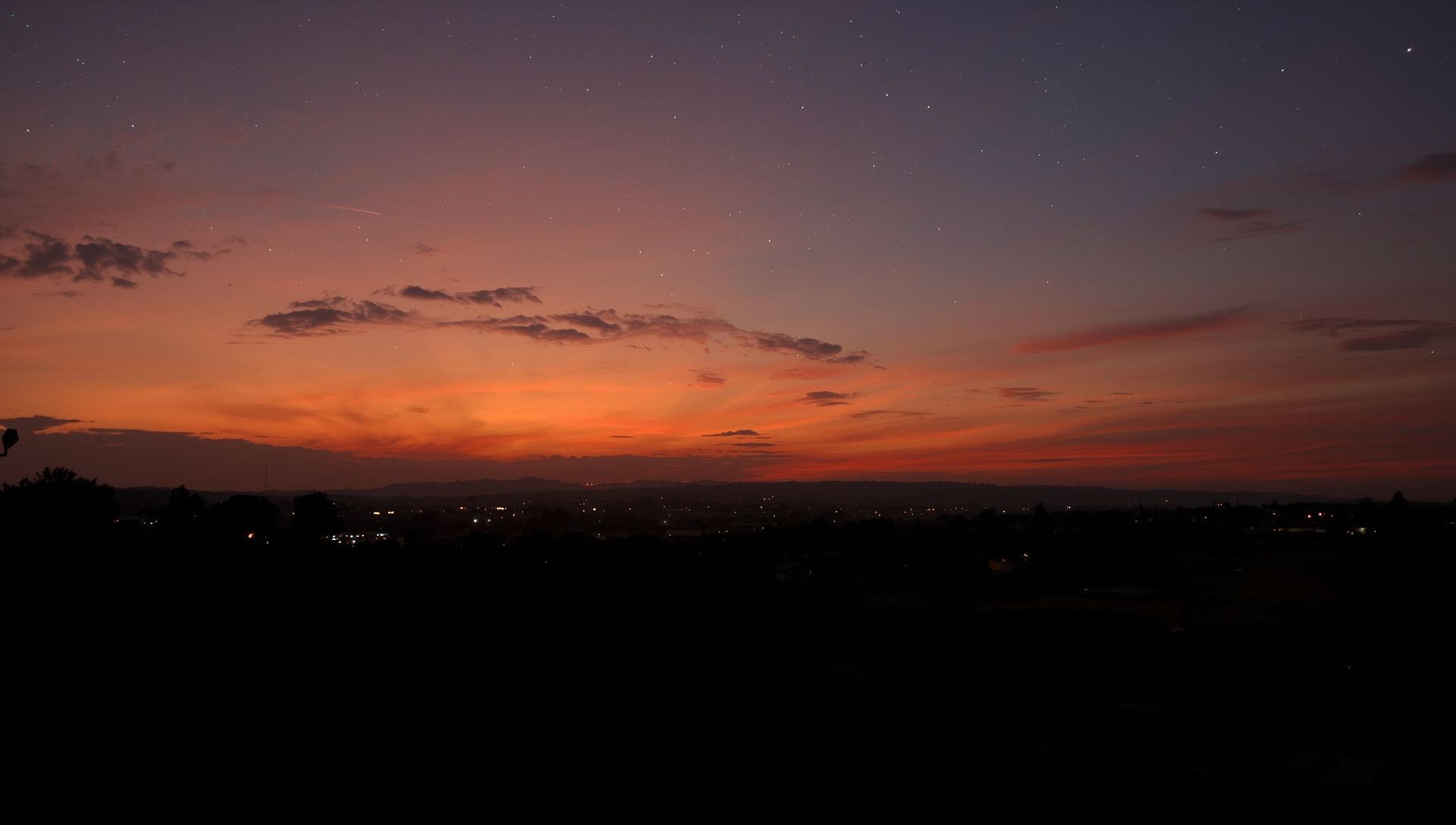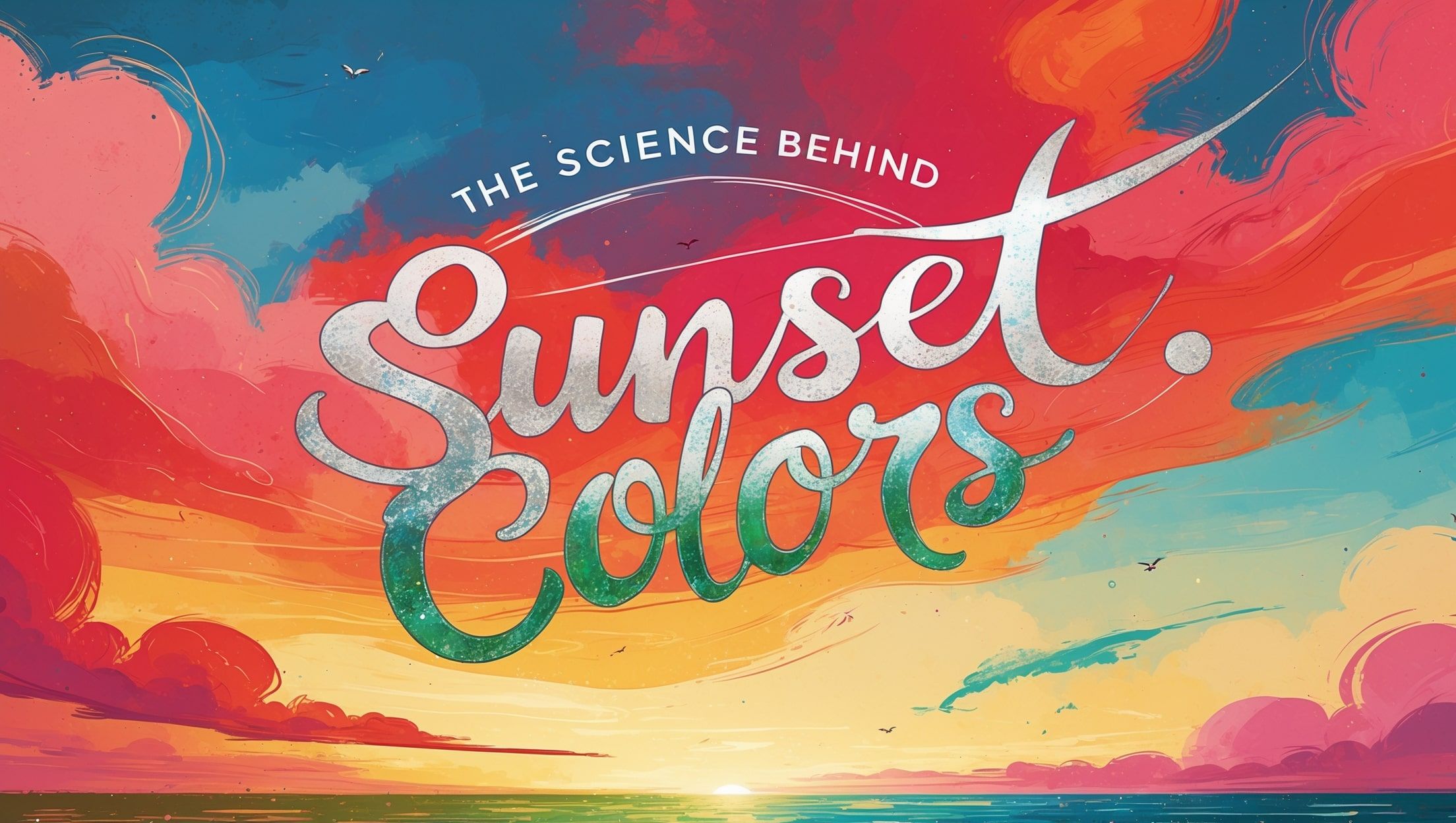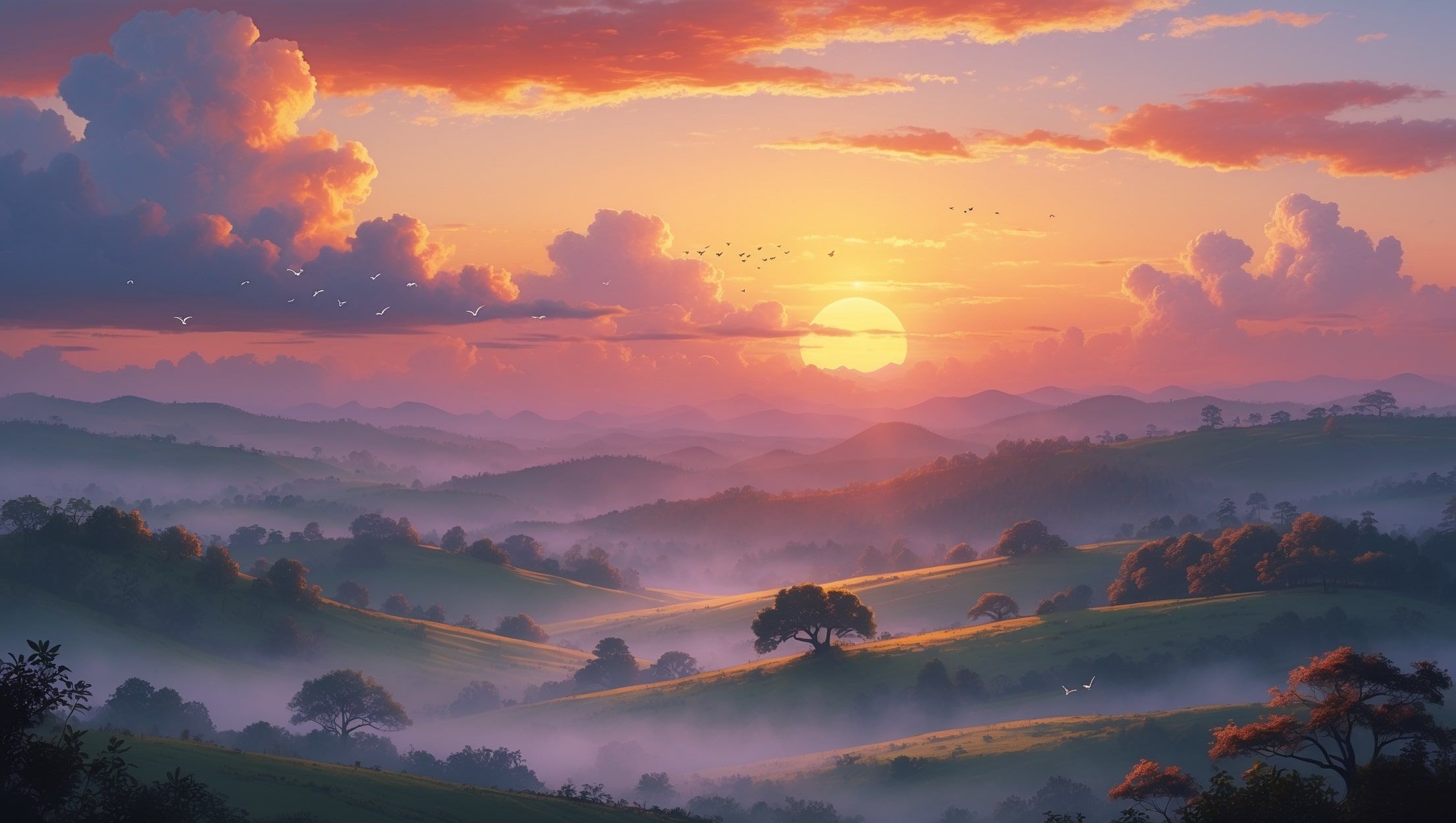You’ve just watched the sun slip below the horizon. The colors are fading, and you wonder how long until it’s actually dark, not just “kind of dusky,” but real, full-on night. It turns out, that depends on more than you might think, and it ties closely to how twilight behaves after sunset.
Why It Doesn’t Get Dark Right Away
Even after the sun dips below the horizon, its light keeps scattering through the atmosphere. This stretch of time is known as twilight. There are three stages, each a little dimmer than the last. The final stage, astronomical twilight, is when true darkness finally arrives.
What Affects the Timing?
Darkness doesn’t run on a fixed schedule. Several factors influence how long it takes:
- Latitude: Closer to the equator? Darkness comes faster. Near the poles, twilight lingers, something especially noticeable during daylight-saving transitions.
- Time of year: Summer twilights stretch out; winter ones fade quickly. You can explore these seasonal variations on a global time zone map.
- Elevation: Higher up means you’ll see the sun longer, so darkness takes its time.
- Air clarity: Dust, pollution, and humidity can scatter light longer, softening the dark. This also plays into light pollution and sky visibility.
- Obstructions: Mountains or buildings can hide the sun early, but the sky’s glow still hangs around.
The Twilight Breakdown
Here’s how the light fades after sunset, a pattern you can compare using a world clock to see how it differs across regions:
- Civil twilight: Lasts about 20 to 30 minutes. You can still see clearly without lights.
- Nautical twilight: Stars begin to appear. This phase adds another 20 to 30 minutes.
- Astronomical twilight: Finally, the sky goes fully dark. Add about 30 more minutes.
What That Wait Feels Like
If you’re stargazing, waiting for dark can feel endless. But if you’re out for a walk, it’s a gentle fade. Watching it unfold can be its own kind of magic, slow, quiet, steady. You’ll notice the colors shift, birds quiet down, and that cool breath of evening take over. Many describe it as a perfect moment before night, similar to what’s captured in art and language surrounding sunsets.
Let the Night Settle In
So, how long after sunset does it get dark? Give it about an hour and a half, maybe less. Let twilight do its thing. It’s not just a countdown to darkness, it’s a soft handoff from day to night, something easily tracked on your local time.
